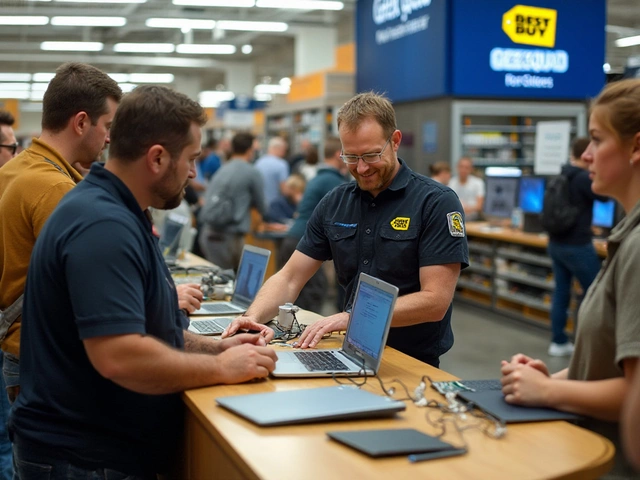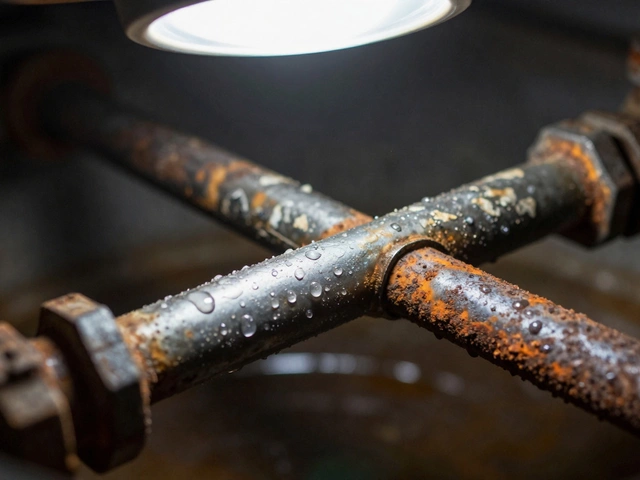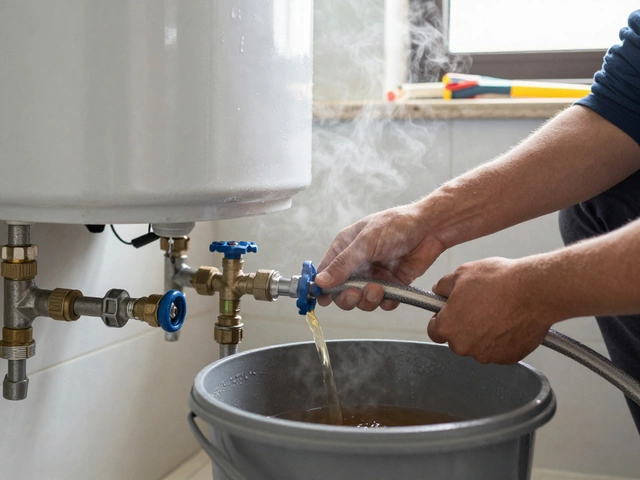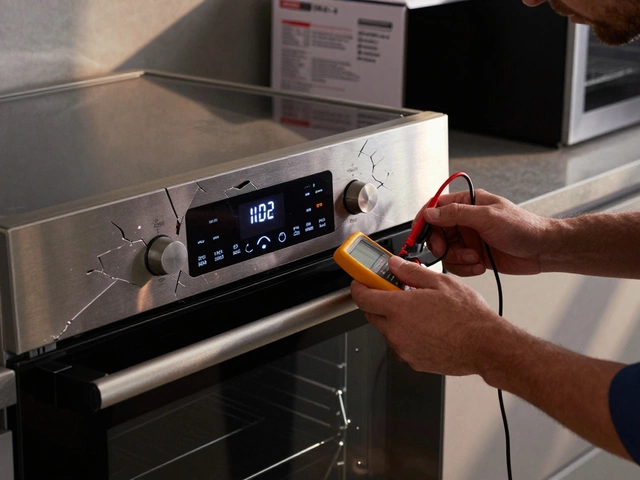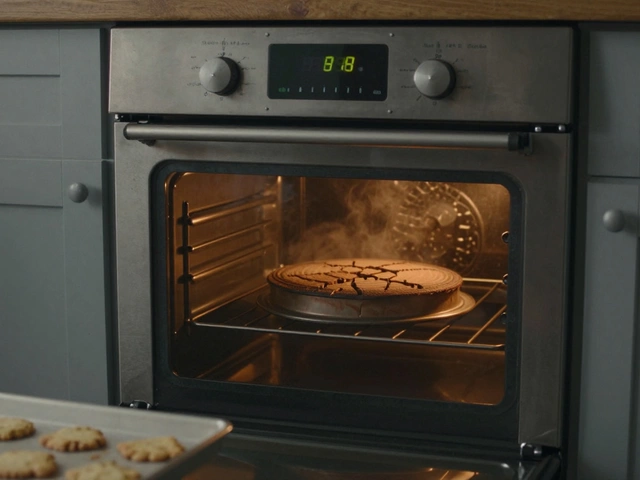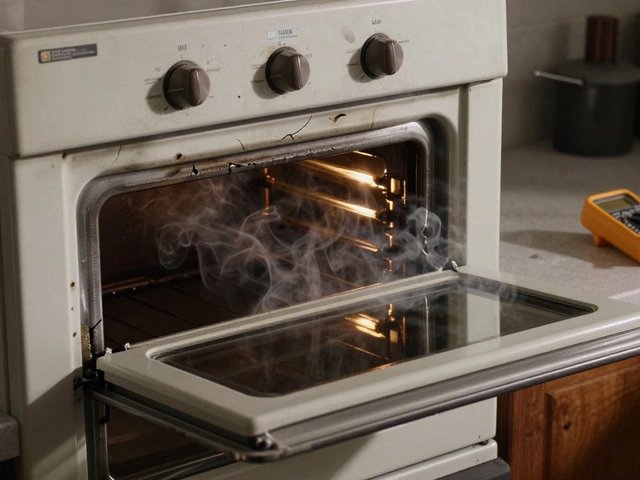So, your seven-year-old laptop has seen better days, and you’re wondering if it's worth throwing more money into repairs. First things first—let's size up what you've got. Check for obvious signs of wear and tear. If it's running super slow or crashing often, you might have a decision to make. Getting this checked by a pro can give you clarity.
Now, let’s talk money. Repairs can quickly add up. Ask yourself: is the cost of fixing it still lower than buying a shiny new gadget? If just replacing a hard drive or updating the RAM might fix the lag, great! But if we're talking a dead motherboard, maybe it’s time to weigh your options.
- Assessing the Current Condition
- Cost vs. Benefit Analysis
- Performance Expectations
- Upgrade Possibilities
- Environmental Considerations
- When to Let Go
Assessing the Current Condition
Before diving into any extensive laptop repair, it's critical to take a long, hard look at what you're working with. Is the screen still bright, or has it developed flickers and dead pixels? Does the keyboard respond well to your touch, or are certain keys missing or sticky?
Hardware isn’t your only concern. What about the software side of things? If it's running outdated operating systems that no longer receive updates, that's something to consider. A tech expert at Computer Repair Hub once said,
"An old system is like a ticking time bomb waiting for a catastrophic security breach."Obviously, that’s something you want to avoid.
- Physical Damage: Look for cracks, dents, or missing parts.
- Performance: Does it boot up efficiently, or do you have time to make coffee while it loads?
- Battery life: Can you use it for a few hours without plugging it in, or does it run out of juice after an hour?
If you've got mechanical parts like fans making loud noises or getting too hot to touch, it’s time to take it seriously. Dust buildup could lead to overheating, which is a fast track to a dead machine.
Check the hard drive for any signs of impending failure. If you hear a clicking noise, that’s never a good sign. It’s less about what’s broken and more about what your old laptop still has going for it.
Cost vs. Benefit Analysis
Before you decide whether to repair your 7-year-old laptop, it's important to weigh the costs against the benefits. Start by pinpointing what needs fixing. Is it a simple fan replacement or does it require major surgery like a new motherboard? That makes a big difference.
Repair Costs
Now let's talk numbers. On average, a basic repair like replacing a battery might run you around $100. But if you're talking about a new motherboard, you’re easily looking at $300 or more. Things can add up quickly, so make sure the repair costs don’t outweigh the price of a new laptop.
Current Value
Check the current market value of your exact model. Websites like eBay or specialized tech sites can give you an idea. If your laptop sells for less than the repair costs, it might be time to say goodbye.
Performance Benefits
If there’s some juicy benefit, like enhancing performance for critical software or gaming, then it might just be worth fixing. But if you're only gaining slight improvements, it might not be the smartest move financially. Always balance repair costs with potential performance enhancements.
Long-Term Costs
Think long-term. A new machine probably won’t need repairs for a while, almost like buying insurance for zero headaches down the road. A repaired old laptop might become a money pit, needing constant attention.
| Component | Average Cost |
|---|---|
| Battery | $50-$150 |
| Hard Drive | $100-$200 |
| Motherboard | $200-$400 |
| Screen | $100-$350 |
This little slice of info should help you crunch those numbers. The decision can be a tough one, but having the full picture can ease the stress.
Performance Expectations
So, you've got this old laptop humming along, but what's your realistic expectation? Let's break it down. At seven years old, it won't magically transform into a powerhouse. Consider the performance you truly need. Many of these machines handle basic tasks just fine, but get shaky with resource-heavy software.
Upgrading certain parts can help a bit. Swap in an SSD if you're still using a spinning hard drive. It's not just smoke and mirrors—this move can drastically cut down load times. If you’ve got less than 8GB of RAM, a boost there might help too.
Realistic Use Cases
Let’s talk typical stuff. If you're doing general web browsing, writing documents, or streaming videos, you're probably good. But if you're expecting to run the latest games or edit high-res videos, you might hit a wall. Know where to draw the line.
- Basic Browsing & Documents: Should be smooth with a few upgrades.
- Video Streaming: Up to 1080p is usually manageable.
- Light Gaming: Possible if you’re okay with older or less demanding titles.
Before you jump into repairs, match your needs with what your machine can realistically handle. Be honest about what you regularly do on your laptop and decide if it can keep up without endless frustration.
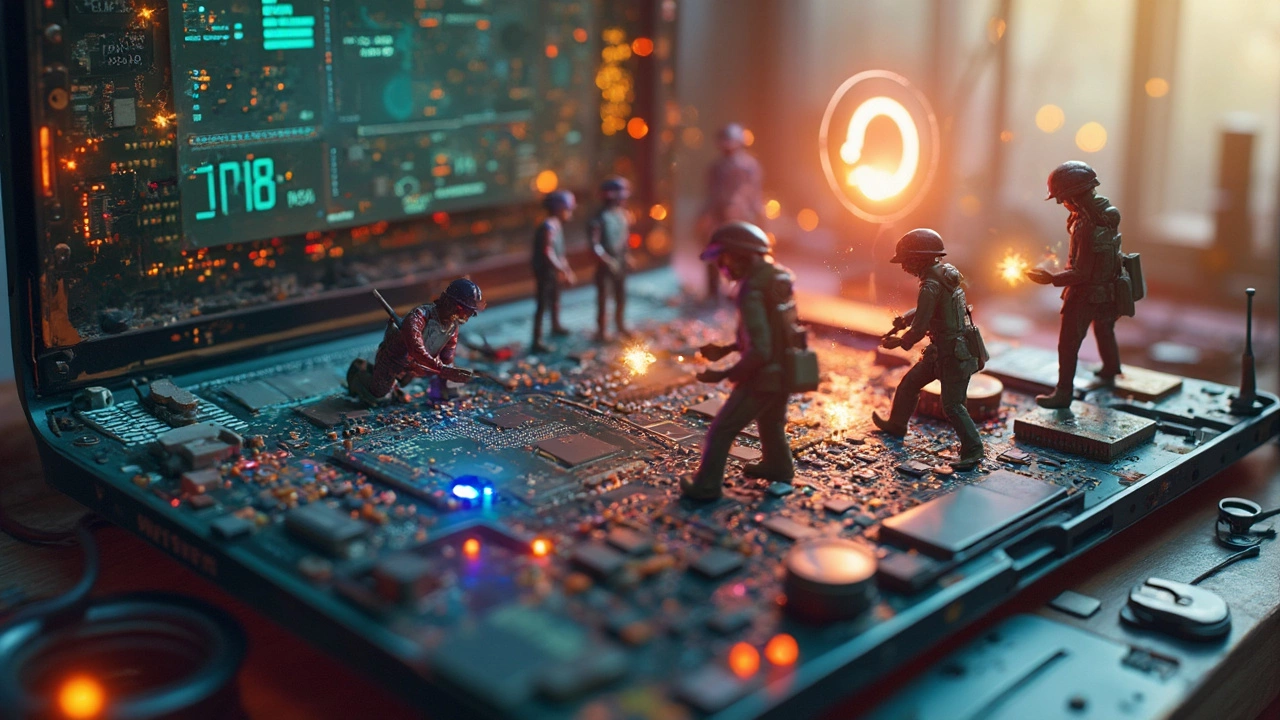
Upgrade Possibilities
Okay, so maybe your 7-year-old laptop isn't working like it used to, but it might still have some life in it, thanks to a few upgrades. Before tossing it in the e-waste bin, let's look at some ways you can breathe new life into it.
Boosting Performance
The most common and cost-effective upgrades involve the RAM and storage. By upping your laptop’s RAM, say from 4GB to 8GB or more, you can see significant performance improvements. Programs load faster, and multitasking becomes smoother.
Storage Solutions
If you've been dealing with sluggish speed or storage issues, switching out that old hard drive for a Solid State Drive (SSD) is a game-changer. SSDs have faster read and write speeds, which can result in your laptop booting up like it's had a shot of espresso.
"Upgrading your laptop’s hard drive to an SSD is one of the quickest ways to improve performance," says Sarah Connor of TechSavy Weekly. "It can reduce boot times significantly!"
Graphics and Visuals
Unfortunately, upgrading the graphics on most laptops isn't as straightforward, because they're often soldered to the motherboard. But if your laptop has a dedicated slot for graphics cards, you might be able to swap it out—though this is rare for laptops of that age.
An Overview of Upgrade Costs
| Upgrade | Expected Cost |
|---|---|
| RAM Upgrade | $30 - $70 |
| SSD Upgrade | $50 - $150 |
Keep in mind that the costs can vary. If your laptop serves you well for what you need — browsing, streaming, word processing — even small upgrades can be worthwhile.
In the end, when you're thinking about laptop repair, it's crucial to compare the expense of these upgrades against buying new. Sometimes a little tweak here and there can be just enough to keep you happy without breaking the bank.
Environmental Considerations
Thinking about the environment when deciding to repair or replace your old laptop is more important than ever. Electronic waste is a massive problem globally. Would you believe that every year, we produce around 50 million tons of e-waste? That's a lot of tech trash!
When you fix that seven-year-old laptop instead of tossing it, you're doing your part to reduce this heap of e-waste. Even small changes help. Every device that gets fixed reduces the demand for new products, cutting down on the resources needed for manufacturing like rare metals used in components. Mining these metals is not only resource-intensive but also harmful to the environment.
Recycling Options
If fixing the laptop isn’t an option, consider recycling. Many manufacturers and tech stores offer recycling programs. Just dropping off your old device at a certified e-recycler ensures that it won’t just rot away in a landfill.
- Check if the manufacturer has a take-back program—many do and even offer discounts on your next purchase.
- Companies like Apple, Dell, and HP are known for recycling plans.
- Look for local e-waste recycling centers and drop off the device there.
Energy Usage
Another thing to think about is energy efficiency. Today's laptops are designed to be more energy-saving, which means a new laptop might use less power than your old one in the long run. However, if upgrading components like the drive or battery can help your current device use less energy, that’s worth considering too!
So, whether you choose to repair or replace your laptop, keep the environment in mind. Every little bit counts in making tech a bit greener!
When to Let Go
Sometimes, it's just time to say goodbye to that trusty old friend. But how do you know when to let go of your old laptop? It's a tough decision, but here are a few things to consider.
Operating System Woes
One major sign is the operating system. If your laptop no longer supports the latest OS versions, you're missing out on important security updates. That alone can make you vulnerable to threats. Plus, newer software often isn't compatible, meaning your old laptop won't run the apps you need.
Hardware Limitations
If your laptop struggles with basic performance tasks like booting up or streaming video, it might be due to outdated hardware that can't handle today’s needs. Chances are, fixing it might involve a significant investment, close to the cost of a new one.
Repair Costs
Consider the cost of repairs. Sometimes fixing numerous small issues adds up, and you're liable to spend more than the laptop's worth. If repair costs exceed half the price of a new laptop, it's probably time to move on.
- Laptop repair vs. replacement: weigh your options carefully.
- Consider resale value: some parts might still have worth.
- Environmental impact: recycling electronics responsibly can make a difference.
Ultimately, the decision to repair or replace hinges on your needs and budget. But if your laptop's not cutting it anymore, evaluating these factors will help you make the best choice.




